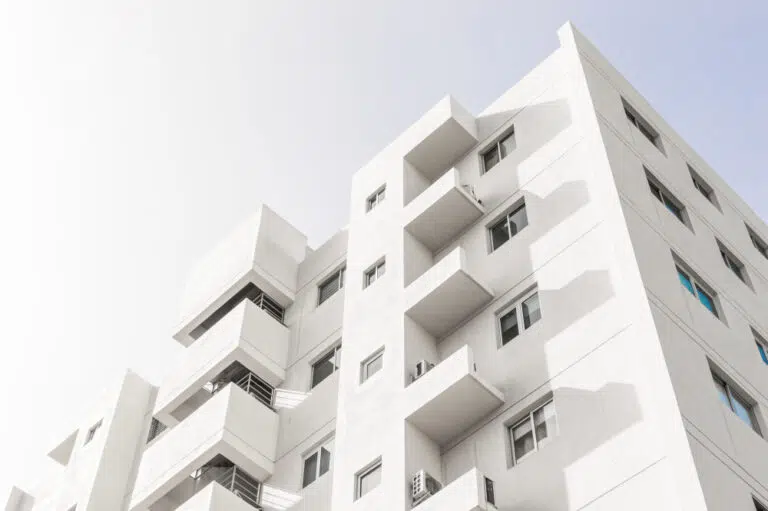According to new research by C9 Hotelworks, the Thai based consulting group. There are currently over 28,000 hotel-branded residential units for sale across the region representing 120 projects.
This led to Thailand becoming Southeast Asia’s number one in the field and exemplified the close association between global hospitality brands and property developers in Thailand. There is an estimated US $ 3.5 billion inventory for sale.
The rapid growth of traditional resort hotels cashing in on the real estate market has driven mass investment. The large hotel chains are using their weighty brand names to associate quality and service that is synonymous with their luxury chains. This in turn gives reassurance and an expectation of quality to the potential buyers.
Global Financial Crisis
During the global financial crisis, Asia like many other regions fell back to their core domestic market in terms of real estate. But more recently the progression has attracted an increasingly high volume of top tier developers with massive, large scale projects.
The differential between the average price of traditional urban Thai properties and resort destinations is significant. While urban prices of around US$ 7 sqm are still rising sharply the resort destinations are far lower at US$ 4sqm. Plus the latter offer a plethora of services and extras that are corresponding with a luxury brand.
Thailand leads the race at 37% with Indonesia 22% and Vietnam 18% also having considerable numbers. Malaysia and the Philippines 9% are also slowly growing with the same economic philosophy.
One key factor driving urban projects is the price of land. The projection forecasts calls for an increasing number of developers seeking associations and affiliations with major hotel group brands. This affiliation can offer between 20% / 30% premium in prices with the associated hospitality assets.
Phuket, Bangkok & Pattaya
The three top places in Thailand for such affiliated joint developments are Phuket, Bangkok and Pattaya. Together there are 44 developments with 5,000 units available for sale.
Another catalyst for the rising tide is the increasing demand by potential buyers for mix-use projects that contain hotel and real estate components. Large hotel brands can offer the facilities and luxury design, service that is almost becoming the norm for the buying market.
End users and in SEA now overshadows Traditional buyers. Asians are representing the largest buying segment showing a change in lifestyle living. Bangkok’s massive success story at the St Regis Residences demonstrated this, while a more recent Four Season’s development was also extremely popular.
Big Thai hotel and hospitality groups such as Minor, Onyx and Dusit are at the front end of this new economic push and are tapping into the movement both in Thailand and overseas. What is clear in looking at the landscape is that rapidly escalating land prices are driving developers to embrace mixed-use projects in increasing numbers, and often add in commercial, sporting and tourism attractions as part of broader lifestyle offerings.
Cost of Land
The facts and figures bear testament that the property market has a definitely changing face in Thailand and the SEA community as a whole.
Costs of land is partly driving this but it is more detailed than simply cost. The ability of global hotel chains with years of history and reputation have large input in the new growing market. Their brands associates with luxury, service and extremely high standards.
Together with their huge marketing awareness and past success, they are the perfect partners for developers to associate with and to provide the perfect dwelling solution.
It is the face of property development for the future in Thailand and throughout the whole region. Buyers are becoming more demanding and wish for more associated services alongside their actual living unit.








